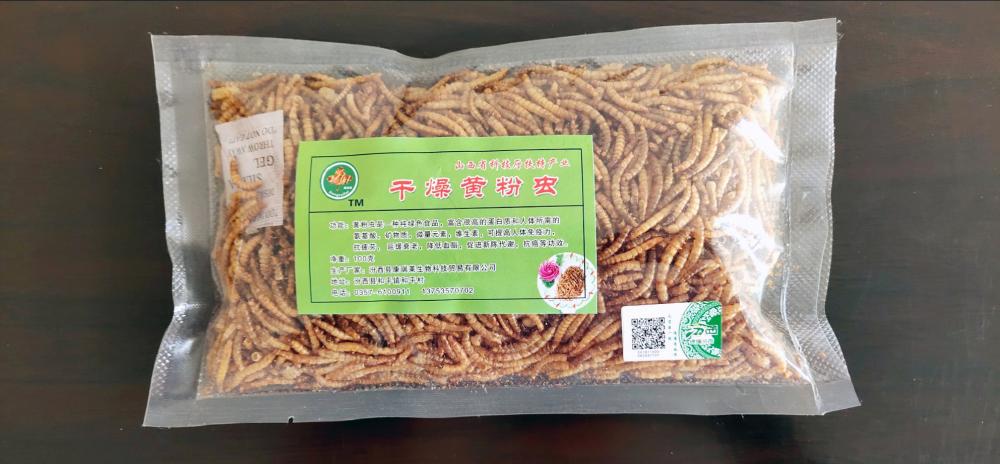Autumn and Winter Season Egg Management Techniques
Safe production, prevention of disease first
Winter laying hens are prone to diseases such as respiratory tract and Newcastle disease. Therefore, health and epidemic prevention work is very important. It is necessary to rigorously establish the access system for chickens and poultry farms and to prevent the entry of clutter workers so as not to bring in diseases. In addition, the environment, sinks and utensils in the environment and poultry houses should be disinfected on a regular basis; Newcastle disease should be carried out when laying hens at 17 weeks of age. Four-line immunity (nasal drip, drinking water, aerosol immunity can be), and at the same time timely immunization of fowl cholera and fowlpox vaccine. Observe the flock at any time and isolate the disease in time.
Control the source of infection and cut off the route of transmission
In order to prevent unburned, all employees are required to avoid contact with live birds and birds as far as possible, away from all possible sources of infection. At present, there are three main transmission routes for the epidemic: people, air, and media. The specific measures are as follows:
(1) Take a shower and replace the epidemic prevention clothing and shoes and hats. It is forbidden to bring outside articles to the entrance area, to enter the building to step on the disinfection basin, and to prohibit walking sewage, string ridges, etc. These seemingly simple processes can effectively cut off people’s transmission. way.
(2) The northwest wind in winter is conducive to the spread of various pathogenic microorganisms. In this environment, it is particularly important to adjust the size of the fan, the air inlet, and keep the external environment clean and strengthen disinfection.
(3) Deal with dead chickens in a timely manner to prevent cats and mice from stealing food at night; timely cleaning of homes, cleaning of feathers and other sundries, and timely handling.
Reasonable ventilation, reduced seasonal stress
The winter hen house should be ventilated frequently to keep the air in the house fresh. The closed chicken house can be opened at regular intervals according to the air pollution in the house. The windowed chicken houses are determined by the size of the chicken population, the temperature, the weather, the size of the wind, and the degree of stimulation of harmful gases.
(1) Under the premise of adequate oxygen and air pollution in the shed, try to keep the temperature inside the house at the target temperature, and ensure the uniformity of the temperature before, during and after the house, and minimize the temperature change range. Relying on the control of the fan, adjust the intake air volume to adjust the temperature inside the house so that the temperature difference between morning and evening is controlled at 3°C-5°C.
(2) The indoor wind speed should be between 5.5m/s and 6.5m/s. The size of the ventilation window depends on the number of fans and weather conditions. The number of ventilation windows should be based on the number of fans and the number of fans. To determine, generally two fans open all small window operation. Adjust the ventilation window according to the day and night temperature fluctuation rule. Generally, the temperature rises at 8:30 in the daytime. At this time, the small window gradually increases according to the temperature in the room, and the temperature gradually decreases from 7:00 to 8:00 at night. According to the temperature in the house, the small window is gradually reduced.
Cold insulation, stable environment
As winter approaches, temperatures drop, so preparations for winter cold insulation should be done well in advance, such as repairing the chicken house windows and doors in advance, hanging curtains, plugging the wall leaks, preventing the thief from blowing the chicken body, but leaving a good vent. To ensure the winter chicken house 8 °C -13 °C is appropriate.
Countermeasures in special circumstances
In windy weather, the air intake and wind speed are the main concerns. At this time, the size of the small inlet window should be adjusted or controlled by adjusting the fan to reduce the air intake, slow down the wind speed, prevent the thieves from invading and reduce the dust from entering. . When the temperature drops sharply, insulation should be used as a precondition.
In short, the key points in the management of autumn and winter seasons mainly lie in the implementation of the epidemic prevention system, the coordination of ventilation and heat preservation, and the response to special environments. Therefore, in the winter, the development of a reasonable feeding and management plan for laying hens will increase the income of farmers. Reducing and preventing the occurrence of laying hens diseases plays a key role in improving the production performance of laying hens.
The yellow mealworm is not only rich in protein, fat, polysaccharid and other organic macromolecular nutrients, but also rich in phosphorus, potassium, iron, sodium, aluminum and other trace elements. For every 100g of the yellow mealworm larvae, the protein content of dry powder is between 48% and 54%, the fat content is between 28% and 41%, and the contents of vitamin E, B1 and B2 are also high. Therefore, the yellow mealworm can provide high quality protein for the Mud, make the Mud strong and health.

Mud Feed,5Kg Mud Feed,10Kg Mud Feed,15Kg Mud Feed
Fenxi Kangruilai Biotechnology Co., Ltd. , https://www.kangruilai-petfeed.com